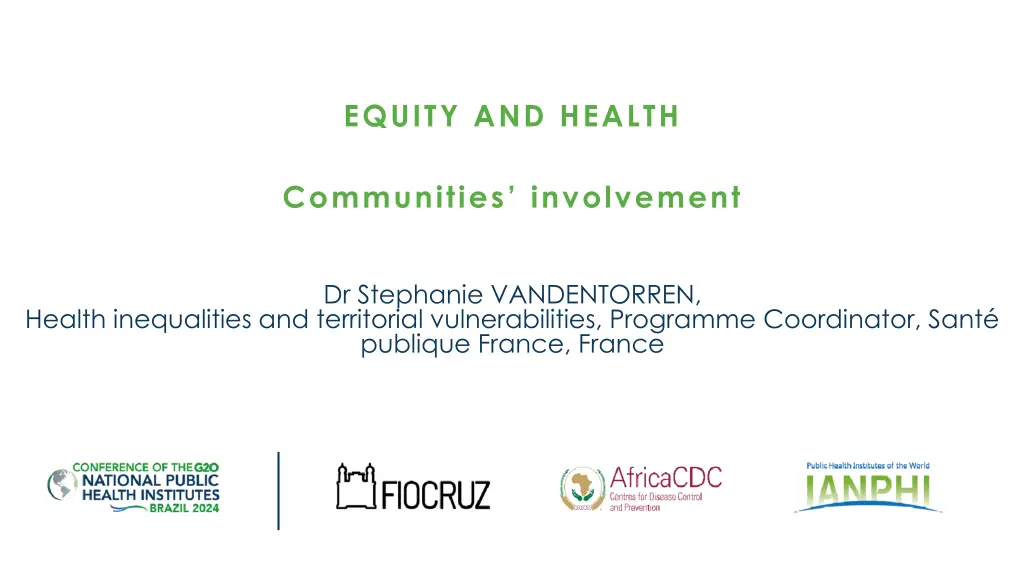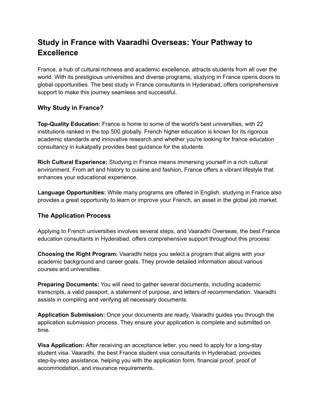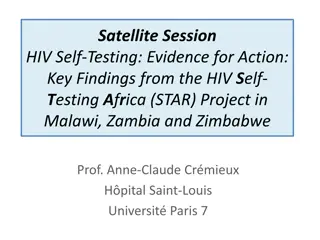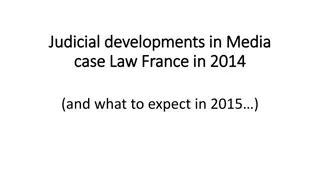
Health Inequalities and Community Engagement
Explore the role of the National Public Health Institute in addressing health inequalities and involving communities in healthcare decision-making. Learn how economic factors impact mortality rates in different territories within the French healthcare system and the ongoing fight against health disparities. Discover the need for community involvement, empathy, and creativity in designing interventions to overcome systemic obstacles.
Download Presentation

Please find below an Image/Link to download the presentation.
The content on the website is provided AS IS for your information and personal use only. It may not be sold, licensed, or shared on other websites without obtaining consent from the author. If you encounter any issues during the download, it is possible that the publisher has removed the file from their server.
You are allowed to download the files provided on this website for personal or commercial use, subject to the condition that they are used lawfully. All files are the property of their respective owners.
The content on the website is provided AS IS for your information and personal use only. It may not be sold, licensed, or shared on other websites without obtaining consent from the author.
E N D
Presentation Transcript
EQUITY AND HEALTH Communities involvement Dr Stephanie VANDENTORREN, Health inequalities and territorial vulnerabilities, Programme Coordinator, Sant publique France, France
- The French healthcare system is composed of - in-patient hospital care - medico-social and social care (for the elderly or disabled) - ambulatory care (for so-called outpatient care) - Universal Health Coverage, and developed social services with good health status on average - BUT simultaneous significantly higher social health inequalities, compared to other Western European countries. Economic factors largely explain the differences in mortality between all territories and between overseas and others territories. - Fight against health social inequalities remains a priority, enshrined in the national health strategy and the missions of regional health agencies (in charge of the health care system organisation, public health and health security at regional level). -The Covid-19 pandemic reminded us western European countries was not yet sufficiently equipped to measure and therefore fully combat social inequalities in health.
POSITION OF NATIONAL PUBLIC HEALTH INSTITUTE - Creation in 2016 under the supervision of the Ministry of Health, with regional offices in metropolitan France (12) and overseas (4) hosted by the regional health agencies. - Agency s remit : surveillance / alert, health monitoring, prevention/health promotion, preparedness and response (including deployment of the health reserve corps and strategic stockpiling). - Cross cutting challenges : Be considered as a trusted adviser for the Ministry of Health ; the regional health agencies, and other stakeholders, including the populations/communities Working with communities implies trust through Communication and Collaboration Coherence of the NPHIs actions and commitment Empathy understanding the context Creativity adaptation to the community profile Ref: John Snow. engaging your community a toolkit for partnership, collaboration and action. Department of Health and Human Services https://publications.jsi.com/JSIInternet/Inc/Common/_download_pub.cfm?id=14333&lid=3
ROLE OF NATIONAL PUBLIC HEALTH INSTITUTE Advise the decision makers (national/regional) including with regards to health inequalities Structural social determinants documentation and analysis Knowledge mobilization with data from the field/ communities (quantitative AND qualitative) Participatory approach implementation Identify communities' needs that face to systemic obstacles (temporality, low level of literacy, stigmatization, low support/social network, cultural barriers, accessibility to health) with focus groups, qualitative interviews Ensure their involvement in projects/studies/design of interventions and advocate for their involvement in the decision making process in health Ensure that staff receive the adequate training to understand the basics of community engagement and support ongoing communities engagement Capacity to design studies and interventions at a local level (as adaptation to the communities concerns is required)
Community engagement during the Covid- 19 pandemic to improve testing and vaccination among underserved people Mobilizing knowledge including communities (i.e NGO s) Coordination with local, regional and national actors to develop Covid-19 vaccination strategy for socially underserved populations Support and collaboration with NGO to perform studies (conceptual framework to model social determinants of covid-19 vaccination uptake) and promote vaccination Bottom-up communication : facilitates the appropriation of knowledge between researchers, policies makers and communities, using literacy Monthly NewsLetter : provide information's adapted to living conditions at the relevant time, making easier to understand and facilitating membership
Screening of Lead poisoning in a Travelers community : 26 times > others children. Risk factors: boy, 11-14 y, involved in activities at risk Community Engagement in peace time : Prevention of Lead poisoning among the Travelers community Community engagement : Understand the context (long history of stigmatization, lifestyle, living conditions and perceptions health is not a priority ) Deterioration of the trust betweenTravelers community and theState or public agencies Participative approach: Prior to the study (Focus Group 120 Travelers, annual steering committee with regional health authorities, national stakeholders, NPHI, associative actors + monthly meeting) and during/after the study: communication, design, training/results restitution with communities leaders Enpowerment : Capacity of the Travelers to advocate with
Heath mediation: interface between communities / health system Temporary outreach process and Go towards health, social and medico-social professionals Pioneering experiments in activism Perinatal health in Roma populations in 2011 Creation national mediation plan and mental health peer mediators in 2015 Institutional framework Competencies, training/best practices guide (HAS) in 2017 Regional Health Agencies/ Regional plans in 2018
CONCLUSION AND ISSUES Early involvement of Communities and in the project governance Support (regional health agency and Sant publique France) Scientific guarantee of the message conveyed by associative (because of co-construction with researchers and NPI) Co-construction mainly between research team, NPI and associations (more difficult with local or national health authorities) Time largely underestimated Balance between invisibilization and stigmatization Improve communities expectations Ethical and societal added value of the approach (less visible people) Importance of greater academic recognition (dissemination) Need for greater consideration in public policies
ISSUES FOR CONSIDERATION & CONCLUSIONS Observation and understanding: Importance of complementary quantitative and qualitative approaches along of Health and social inequalities: shedding light on structural inequalities. Intersectoral approach to develop public policies which address structural determinants for greater equity: the importance of the intersectoral approach (necessity to identify the good level of decision ++) Act nationally, but also locally at all levels, from national to territorial, by mobilizing existing tools (local health contracts, regional program for vulnerable people, national plans) Need for regular network with field actors Importance of interventions at the territorial level, taking into account the living context Knowledge Mobilization, Health mediation The social gradient combined proportionate universalism and targeted actions Need of training for NPI on these issues (social epidemiology, social sciences ) Importance of evaluating interventions and promoting the integration of equity dimensions in the evaluation of effectiveness Ethical issue in public health ++






















